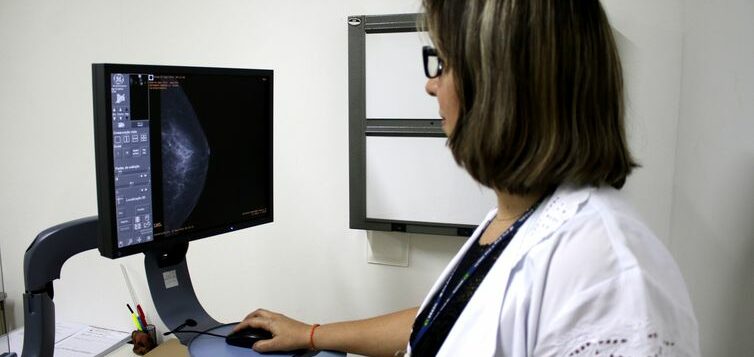The survey was carried out by the Avon Institute and the Oncology Observatory, based on information from DataSUS from 2015 to 2021. The drop in the number of exams is still a reflection of the pandemic, says Nina Melo, coordinator of the Observatory. “We still have an overload of demand from people who have stopped taking this type of exam,” she says.
ADVERTISING
The regions of Brazil that had the lowest coverage were the North and Central-West. Between 2020 and 2021, only 9% of patients in this age group took the exam, a rate much lower than the national average. The State of São Paulo had the highest number of procedures, corresponding to 31% of the total.
In 2020, data from the International Agency for Research on Cancer (IARC), an arm of the World Health Organization (WHO), showed that breast cancer is already the most diagnosed type of disease (24,5%) and responsible for 6,9% of deaths.
Waiting for treatment
Another data highlighted by the research says that more than 60% of all women diagnosed with breast cancer in the country between 2015 and 2021 began treatment later than recommended. The maximum waiting period in the public health system, determined by law, must be 60 days after the disease is identified. In 2020, the average time for this interval reached 174 days.
ADVERTISING
Member of the Scientific Committee of the Instituto Vencer O Câncer, oncologist Abraão Dornellas classifies this delay between diagnosis and treatment as “unacceptable”. “It is necessary to understand that there is no point in making an early diagnosis if you do not establish early treatment.”
Oncologist Caroline Rocha, from AC Carmargo Hospital, says that after this shortage of exams during the pandemic, many women arrive with palpable lesions. “After the dampened demand caused by the pandemic, there was an increase in the demand for patients, but many at a more advanced stage of the disease,” she says.
(Estadão Conteúdo)



